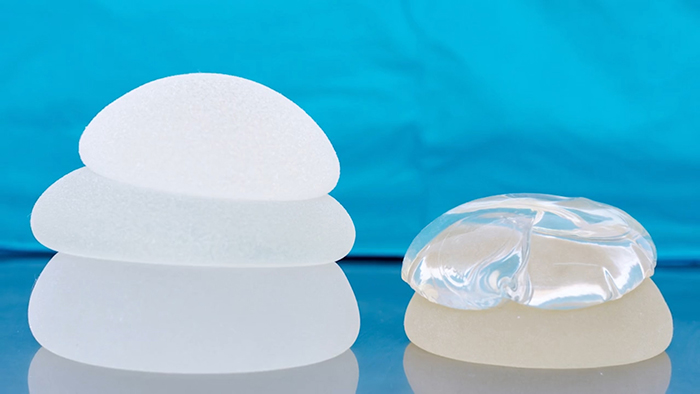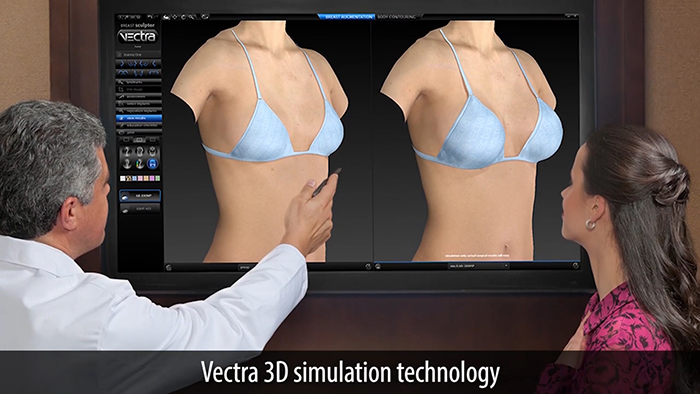Modern breast augmentation has evolved in almost every way. The length of procedures, the plan and execution of the procedure themselves, new surgical tools to minimize trauma to the tissue, and above all, implant options. It may seem wild to think about now, but not so long ago surgeons had one implant to use for all breast augmentation cases: the saline implant.
Through rigorous research and design, a myriad of alternative implants have become available in the past few years. And to set the record straight, there is not one “best implant” of the bunch. The growing number of options just means that for the first time in the history of the procedure, surgeons and patients alike have the means to make a choice based on what would best fit and perform on a patient’s unique body.
Paul Watterson, MD, a board certified plastic surgeon practicing in Charlotte, discusses a few of the new implant options and how – paired with an in-depth consult – they are changing the game when it comes to great results for patients.
From One Option to Many
When you consider all the different body types and sizes of people out there, it’s incredible to imagine that for a long time, surgeons only had one implant design to use. Sure, the saline implant could be filled based on a patient’s desires and size, but that was the only variable in play. To keep pushing the procedure towards even better results, you just need more options to match the level of uniqueness the human body can present with.
“With breast augmentation and with the explosion of the different implants available, it has taken on a whole other level of complexity, but also benefits the patients,” explains Dr. Watterson. “I think back a few years ago we just had saline implants available. Now we have silicone, the more cohesive silicone, and even shaped implants. New sizes and shapes, more variety. It makes for a better procedure for the patient.”

How Does This Help the Patient?
There are many ways a breast augmentation can be performed, just like anything. You can cut corners and only offer one implant, or you can have a lengthy consultation where a surgeon first identifies what the patient is looking for, utilizes 3D imaging or implant sizers to verify that is indeed what they’d like, then choose the correct implant based on those parameters as well as further input from the patient.

That may seem like too much work, but that’s how great results come about. “I sit down with the patient and the important thing for me is to hear what they’re after,” explains Watterson. “Sometimes a photograph helps and we’ll also use the Vectra [3D] imaging system to help them see what they want.”
There is plenty of information on the Internet about different implants and procedure types, but ultimately consulting with a board certified surgeon is the best way to know what you’ll need. Now that more implant options are available than ever before, consults and procedures are that much more refined.
“We don’t expect [patients] to have that kind of knowledge, that’s our job,” says Watterson. “We can then communicate that to them and help them to make this decision.”














Facebook
Twitter
Instagram
YouTube
RSS